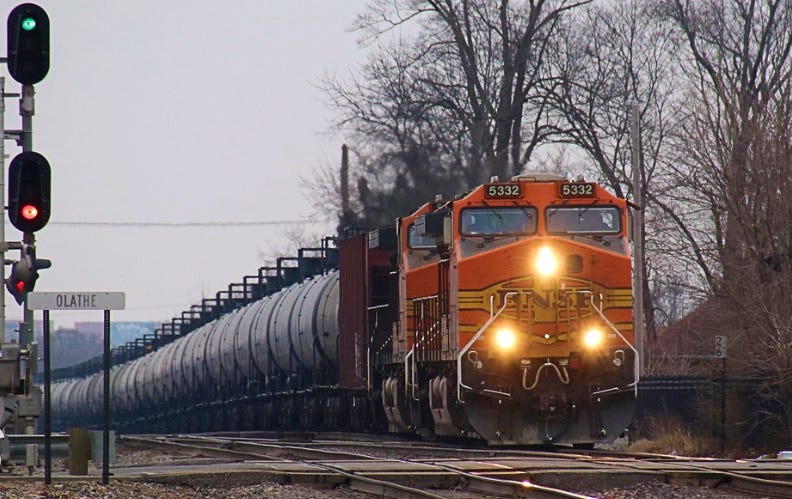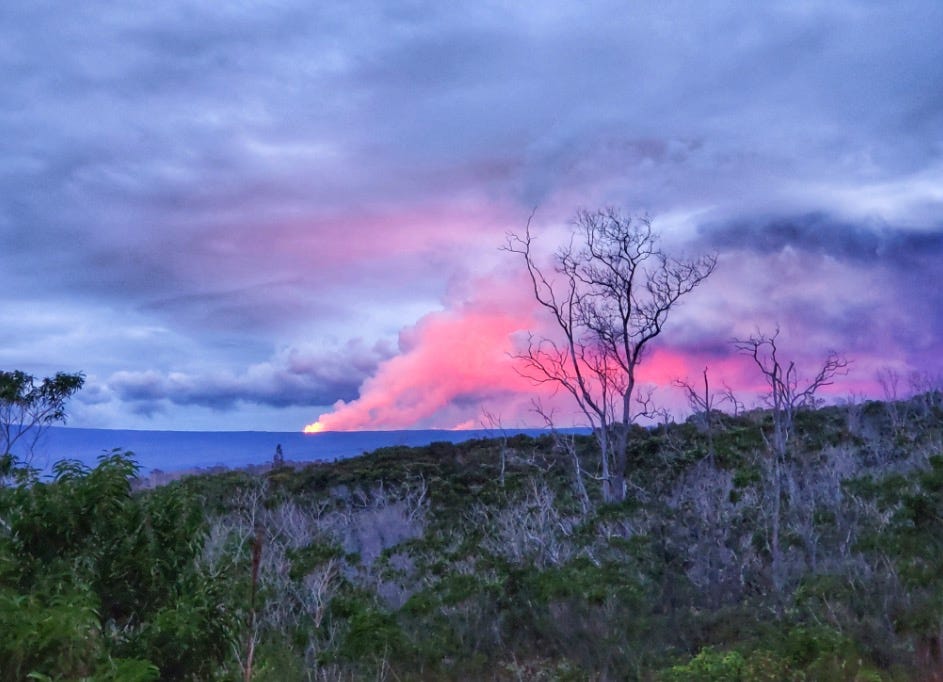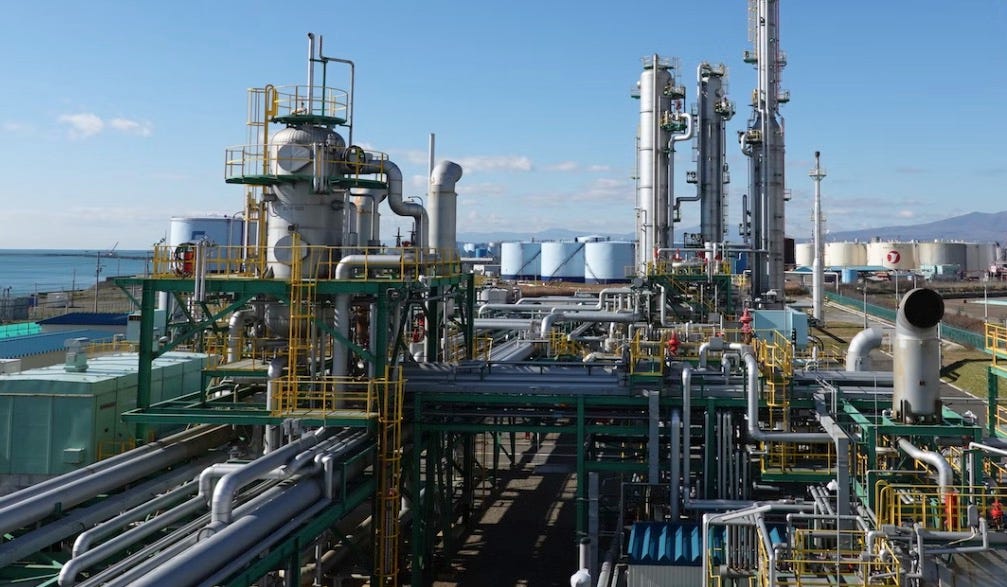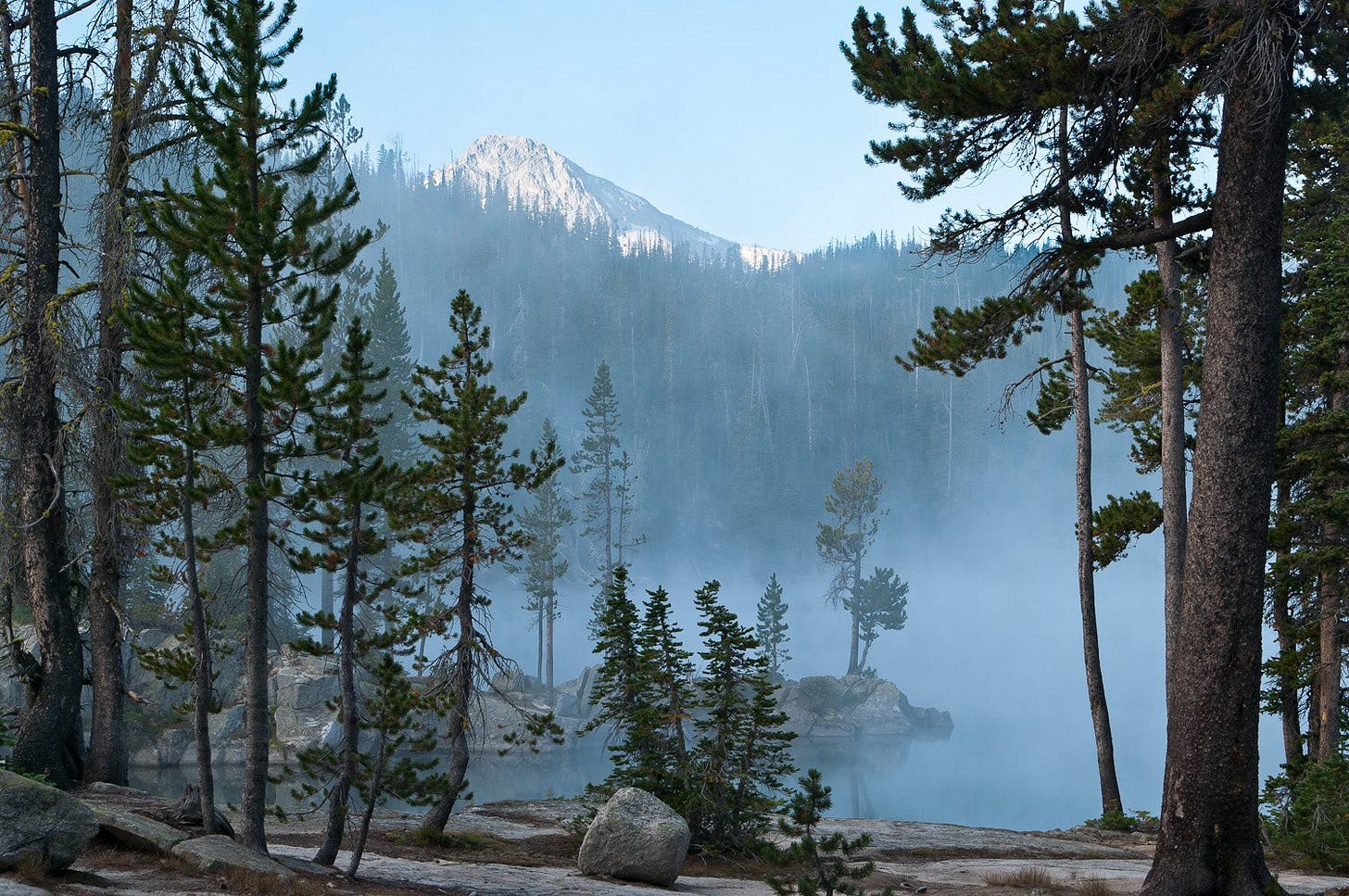How the U.S. rail strike vote proves there is no clean way to shut down Big Oil
Welcome to Callaway Climate Insights. Check out our holiday subscription sale and share it with a friend.
Today’s edition is free. To read our insights and support our great climate finance journalism four days a week, take advantage of our once-a-year holiday sale and subscribe now for full access.

When it comes to the U.S. Congress’s decision to block the impending rail strike and impose a settlement, the climate implications for either side are dire. Railways are far and away the biggest transporters of fossil fuels in America, responsible for almost a third of coal shipments alone.
But the rails are far cleaner than shipping by truck, which by some estimates would require almost a half million more trucks on the road. Railways are three to four times cleaner than trucking, and far more advanced in electrifying their systems.
For Congress, halting the strike is simply a matter of keeping the U.S. economy from shutting down right before Christmas, which would crush supply chains, throw tens of thousands out of work and inflate prices on everything from food and water, as President Joe Biden said, to energy. Behind that are fossil fuels, which are lobbying heavily to keep the trains running.
For climate advocates, the drama around this rail strike should be an important lesson that when it comes to economic stability, there is no clean way to shut down fossil fuels without major global disruption. As Congress is demonstrating, rather painfully this week, we’re going to have to work with Big Oil to make the transition work.
As climate risks to fossil fuel debt grow stronger and renewable energy becomes more accessible, the path for fossil fuels is becoming cleared to even them, and we’ve seen a handful of deals already this year with oil companies buying renewable firms. But it’s a long haul, and for now that’s what railroads are for. . . .
More insights below . . . .
Don’t forget to contact me directly if you have suggestions or ideas at dcallaway@callawayclimateinsights.com.
For Latin America, climate reparations hinge on Brazil’s Amazon progress

. . . . Often overshadowed by Africa and small island nations when it comes to climate reparations, Latin America has a legitimate seat at the table, but an unusual hitch in claiming its fair share of any “loss and damage” funding, writes Michael Molinski. Most funding deals are contingent on the countries receiving the money showing some sort of progress in mitigating climate change. But with Brazil’s ruinous path of deforestation in the Amazon basin under Jair Bolsonaro, it’s been difficult to make a case the region is worthy of funding. That’s one of the reasons the entire region is looking with hope to incoming Brazilian leader Luis Inacio Lula da Silva to change the storyline in coming years. . . .
A selection of this week’s subscriber-only insights
. . . . Almost every month over the past year or so came announcements of new U.S. offshore wind projects, complete with vast output numbers. But precisely how many have been given the green light? Two out of 16. Bureaucracy at every level — local, state and federal — is getting in the way. Now an advocacy group has formed to try to get things moving faster. Read more here. . . .
. . . . The arrival of EVs is beginning to hit fossil fuel vehicle sales, especially in China, where long-established brands are under threat. Meanwhile, Tesla’s TSLA 0.00%↑ dominant market share is being chipped away as EVs arrive from competitors, particularly from the fossil fuel world. Read more here. . . .
Editor’s picks: WMO’s water woes; plus, costs sink NASA’s new GHG monitoring satellite
NASA cancels greenhouse gas monitoring satellite
Costs and complications have forced NASA to cancel a planned satellite that was going to intensely monitor greenhouse gases over the Americas. The agency said it will continue to watch human-caused carbon pollution, but in different ways, The Associated Press reports. NASA attributed its decision to cancel its low-cost satellite monitoring carbon dioxide, called GeoCarb, to cost overruns. The AP reports the planned budget for the project was $166 million, but the latest NASA figures show costs would balloon to more than $600 million and it was years late, according to NASA Earth Sciences Director Karen St. Germain. The agency said equipment has more than doubled in price and there were non-technical issues that would have added to the tab.

Latest from Mauna Loa: tremors and lava spread
Lava is still flowing down the northeast slope of Mauna Loa, the planet’s biggest active volcano. The USGS reported Thursday morning that the flow front has hit a low-sloping spot and is beginning to spread out and inflate. According to this morning’s update, the agency says: “Our seismic monitoring detects tremor (high rates of earthquakes) in the location of the currently active fissures. This indicates that magma is still being supplied, and activity is likely to continue as long as we see this signal. … There is no active lava within Moku'āweoweo caldera, and the Southwest Rift Zone is not erupting. We do not expect any eruptive activity outside the Northeast Rift Zone. No property is at risk currently.” For the latest views of Mauna Loa, check out the USGS webcam providing a live Image of Mauna Loa's Summit and the northeast rift zone from Mauna Kea.
Latest findings: New research, studies and projects

Timing is everything: carbon capture, utilization, storage
Carbon capture, storage and utilization are essential solutions to reduce GHG emissions worldwide and to mitigate climate change effects, write the authors of Timing is everything: a real options approach for CCUS investment in the presence of market and technology uncertainty. From the abstract: “While CCS is mature and ready to install, CCU is still in the R&D phase. The rising CO₂ prices in the EU Emission Trading System encourage firms to invest in emission abatement technologies. To find the optimal timing to invest in CCS and CCU, we employ a real options approach that allows for flexibility in the timing of the investment decision. This study shows how the investment in CCS is delayed, compared to traditional investment analysis, due to the anticipated CCU arrival and the CO₂ price uncertainty. The real options model developed in this study can also be adapted to reflect multiple CCS and CCU adoption strategies, using the steps described in this article. Authors: Hanne Lamberts-Van Assche, University of Antwerp; Maria Lavrutich, Norwegian University of Science and Technology; Tine Compernolle, University of Antwerp; Gwenny Thomassen, University of Antwerp; Flanders Make, Ghent University; Jacco Thijssen, University of York; Peter M. Kort, Tilburg University.
More of the latest research:
Climate Change Mitigation: The Contribution of Carbon Capture and Utilisation
Characterizing Vulnerabilities to Climate Change Across the United States
Words to live by . . . .
“Live in the sunshine, swim in the sea, drink the wild air.” — Ralph Waldo Emerson.





